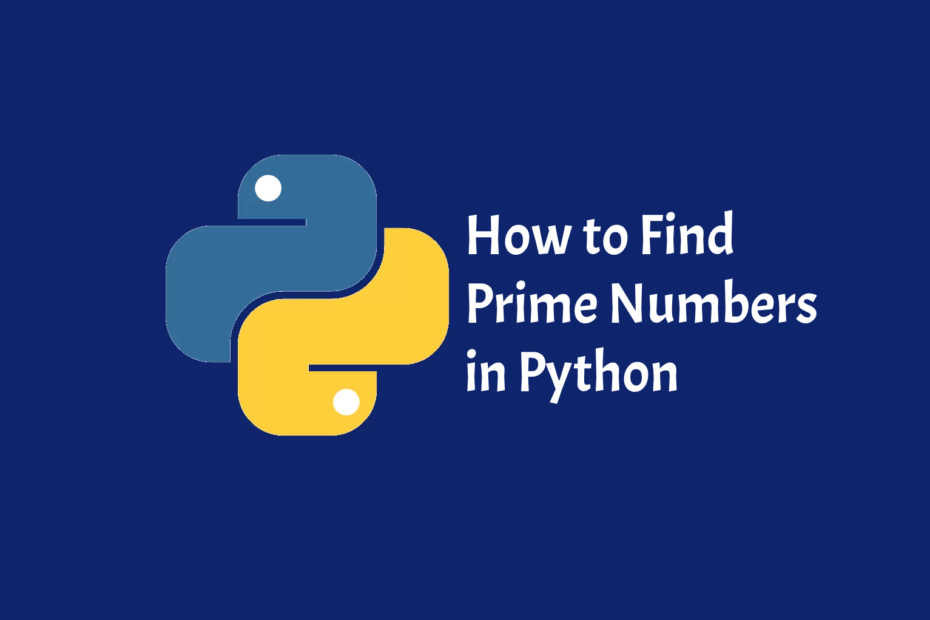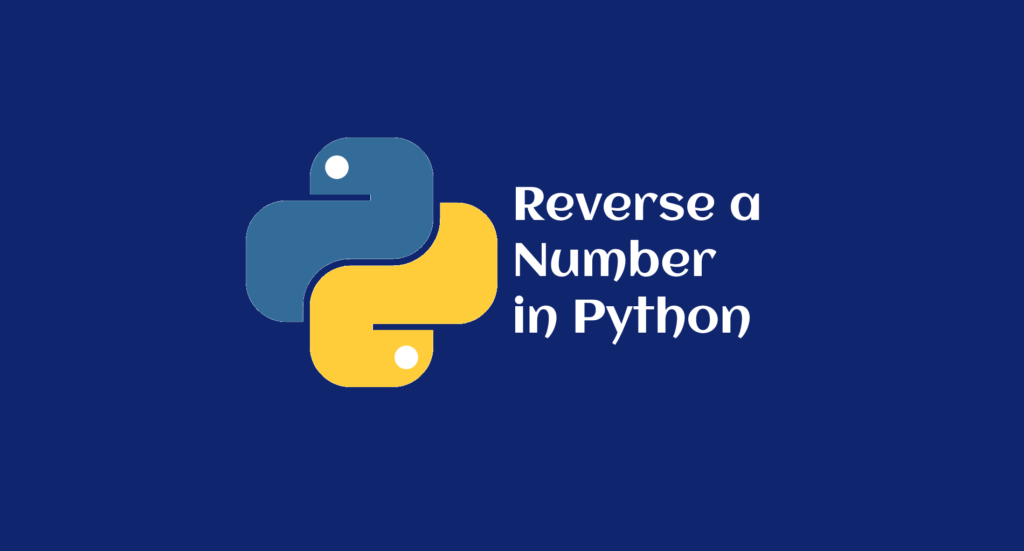Python is a powerful programming language renowned for being easy to learn and understand. It offers a wide range of tools and features that make it simpler to carry out difficult jobs. You’ve found the proper site if you’re looking for information on Python’s prime number system. We’ll walk you through the method of efficiently finding prime numbers in this article. To give you a firm grasp of prime numbers in Python, we’ll examine various approaches, go over key ideas, and offer useful examples.
How to Find Prime Numbers in Python
Prime numbers are integers bigger than 1 that can only be divided by themselves and by one. In numerous mathematical and computational applications, they are essential. To detect whether an integer is prime, Python provides a number of different techniques and algorithms. Let’s look at some of the best strategies:
1. Trial Division Algorithm
The trial division technique is a simple and understandable way to determine if an integer is prime. It includes determining if the supplied number can be divided by any other number. The given number is prime if none of these numbers divide it.
To implement this algorithm in Python, we can start by defining a function:
def is_prime(number):
if number < 2:
return False
for i in range(2, int(number ** 0.5) + 1):
if number % i == 0:
return False
return True
Let’s break down the code:
The function is_prime() takes a number as an input and returns True if it is prime, and False otherwise.
We first check if the number is less than 2. Since prime numbers are greater than 1, any number less than 2 is not prime.
Next, we iterate from 2 to the square root of the number (inclusive) using the range() function. This optimization reduces the number of iterations required.
Inside the loop, we check if the number is divisible by i. If it is, we return False, indicating that the number is not prime.
If none of the divisors divide the number, we return True.
2. Sieve of Eratosthenes
An effective algorithm for locating all prime numbers up to a given limit is The Sieve of Eratosthenes. This algorithm operates by repeatedly marking the multiples of each prime number, starting with 2, rather than testing the divisibility of each integer separately. Prime numbers are those that remain after the process but are not marked.
To implement the Sieve of Eratosthenes in Python, we can define a function:
def sieve_of_eratosthenes(limit):
sieve = [True] * (limit + 1)
sieve[0] = sieve[1] = False
for i in range(2, int(limit ** 0.5) + 1):
if sieve[i]:
for j in range(i * i, limit + 1, i):
sieve[j] = False
primes = [i for i, is_prime in enumerate(sieve) if is_prime]
return primes
Here’s a breakdown of the code:
The function sieve_of_eratosthenes() takes a limit as an input and returns a list of prime numbers up to that limit.
We start by initializing a boolean list called sieve, where each element initially represents whether the corresponding index is prime or not. We set all elements to True except for the indices 0 and 1, which are manually set to False.
Next, we iterate from 2 to the square root of the limit (inclusive) using the range() function.
For each prime number i, we mark its multiples as False in the sieve list. This is done by iterating from i * i to the limit (inclusive) with a step of i.
Finally, we collect the prime numbers by filtering the indices of the sieve list where the value is True.
3. Miller-Rabin Primality Test
A probabilistic procedure called the Miller-Rabin primality test is used to evaluate if a given number is probably prime. This test offers a mechanism to assess primality with the appropriate level of accuracy, in contrast to the earlier techniques. It is very helpful for big groups of people.
In Python, the Miller-Rabin primality test is available through the random module. Here’s an example:
import random
def is_probably_prime(number, k=5):
if number < 2:
return False
def check_composite(a, s, d, number):
x = pow(a, d, number)
if x == 1 or x == number - 1:
return False
for _ in range(s - 1):
x = pow(x, 2, number)
if x == number - 1:
return False
return True
s, d = 0, number - 1
while d % 2 == 0:
s += 1
d //= 2
for _ in range(k):
a = random.randint(2, number - 2)
if check_composite(a, s, d, number):
return False
return True
Here’s a breakdown of the code:
The function is_probably_prime() takes a number and an optional parameter k (number of iterations) and returns True if the number is likely prime, and False otherwise.
We first check if the number is less than 2 and return False if it is.
Next, we define an internal function check_composite() that performs the composite (non-prime) check for a given base a, with parameters s and d.
The variables s and d are calculated to express number – 1 as 2^s * d, where d is an odd number.
Inside the loop, we select a random base a between 2 and number – 2.
We use the check_composite() function to check if number is composite with respect to the selected base. If it is, we return False.
If no composite witnesses are found after k iterations, we return True, indicating that the number is likely prime.
Frequently Asked Questions (FAQs)
What is a prime number?
A prime number is an integer greater than 1 that has no divisors other than 1 and itself. For example, 2, 3, 5, and 7 are prime numbers.
How can I check if a number is prime in Python?
Python supports a number of algorithms for determining whether a number is prime. The Miller-Rabin primality test, the Sieve of Eratosthenes, and the trial division algorithm are a few such techniques. Every algorithm provides a set of benefits, and you can select one depending on the particular needs of your programme.
Are negative numbers prime?
No, negative numbers are not considered prime. By definition, prime numbers are positive integers greater than 1.
Related Articles
Password Strength Checker Using JavaScript
How To Reverse Number In PHP Without Using Function?
How To Find Reverse A Number In Python
Conclusion
In this post, we looked at various methods for using Python to find prime integers. We discussed the Miller-Rabin primality test, the Sieve of Eratosthenes, and the trial division method. Each approach has advantages of its own, and you can select one depending on the particular needs of your programme. These methods will enable you to efficiently find prime numbers in Python and solve a variety of mathematical and computational issues.


